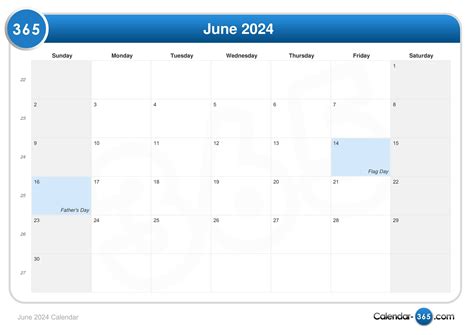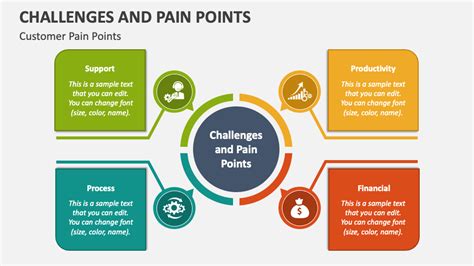Following directions quickly and accurately is a valuable skill for professionals and individuals alike. Whether you’re navigating a new city, assembling a complex project, or working on a team, the ability to understand and execute instructions efficiently can save time, reduce errors, and improve outcomes.

- Delayed Responses: The countdown method, commonly used in teaching and training, can introduce unnecessary delays in executing directions. This method involves pausing between each instruction to allow for processing, which can slow down the overall process.
- Cognitive Overload: A series of instructions can overload the working memory, making it difficult to retain and recall information. This can lead to errors or delays in executing the directions.
- Lack of Motivation: Monotonous or overly detailed instructions can demotivate individuals, reducing their attention and focus.
- Improved Productivity: Reducing the time required to follow directions enhances productivity, allowing for more efficient completion of tasks.
- Reduced Errors: Accurate and timely execution of instructions minimizes errors, improves project quality, and reduces rework.
- Enhanced Communication: Following directions quickly fosters effective communication and collaboration, as individuals can respond and execute tasks promptly without the need for extensive clarification.
- Improved Time Management: Eliminating the countdown frees up time for additional tasks or activities, optimizing schedules and reducing stress.
1. Active Listening:
- Pay full attention to the instructions being provided.
- Maintain eye contact with the speaker or instructions provider.
- Ask clarifying questions if needed, but avoid interrupting unnecessarily.
2. Chunking:
- Break down complex instructions into smaller, manageable chunks.
- This helps reduce cognitive load and improves memory.
- Use bullet points or notes to organize the information.
3. Visualization:
- Picture yourself performing the actions described in the instructions.
- Visualizing the process helps create a mental map, improving comprehension.
- Use diagrams or illustrations if available.
4. Repetition:
- Repeat the instructions aloud or in your head to solidify your understanding.
- This strengthens neural pathways and improves memory recall.
- Practice the instructions if possible.
5. Mental Mapping:
- Create a mental map or diagram of the instructions in your mind.
- This provides a visual representation of the steps involved, enhancing comprehension.
- Use spatial reasoning and logical connections.
- Rushing: Avoid rushing through the instructions without fully understanding them.
- Multitasking: Focus on the instructions and avoid multitasking, as it can reduce attention and comprehension.
- Passive Listening: Do not simply listen passively to the instructions. Actively engage by asking questions and visualizing the process.
- Lack of Practice: If possible, practice following the instructions prior to the actual execution. This reinforces learning and improves performance.
In various settings, following directions quickly is essential for:
- Workplace Productivity: Teams and individuals can improve efficiency, reduce errors, and enhance collaboration by swiftly understanding and executing instructions.
- Educational Success: Students who master this skill perform better academically, completing assignments and assessments accurately and promptly.
- Safety and Accuracy: Following detailed instructions is critical for tasks involving safety, such as operating equipment or administering medical procedures.
- Personal Growth: Individuals who can follow directions quickly demonstrate self-discipline, attention to detail, and a proactive approach.
Enhancing your ability to follow directions quickly offers numerous benefits:
- Increased Efficiency: You can complete tasks more quickly and effectively, freeing up time for other activities.
- Improved Accuracy: Following instructions precisely reduces errors, ensuring the quality and accuracy of outcomes.
- Enhanced Communication: Effective communication requires the ability to quickly comprehend and respond to instructions.
- Improved Problem-Solving: Quickly understanding instructions allows you to identify and resolve issues more efficiently.
| Strategy | Description | Example |
|---|---|---|
| Active Listening | Paying full attention and asking clarifying questions | Maintaining eye contact and repeating instructions aloud |
| Chunking | Breaking down instructions into smaller parts | Dividing a complex recipe into steps for each ingredient |
| Visualization | Creating a mental picture of the instructions | Imagining assembling a bookcase in your mind before starting |
| Repetition | Repeating the instructions to enhance memory | Reciting the steps of a presentation to yourself |
| Mental Mapping | Creating a visual representation of the instructions | Drawing a flowchart to track the progress of a project |
| Mistake | Description | Example |
|---|---|---|
| Rushing | Attempting to follow instructions too quickly without fully understanding them | Skipping over a critical step in a recipe |
| Multitasking | Trying to perform multiple tasks while following instructions | Answering emails while listening to a presentation |
| Passive Listening | Listening passively without actively engaging with the instructions | Not paying attention to the details of an assembly guide |
| Lack of Practice | Failing to practice following instructions before the actual execution | Not rehearsing a speech before delivering it |
| Benefit | Description | Example |
|---|---|---|
| Increased Efficiency | Completing tasks more quickly and effectively | Finishing a project in less time |
| Improved Accuracy | Reducing errors and ensuring quality | Producing a flawless presentation |
| Enhanced Communication | Facilitating effective collaboration and communication | Responding promptly to instructions in a meeting |
| Improved Problem-Solving | Identifying and resolving issues more efficiently | Completing a puzzle without getting stuck |
| Application | Description | Example |
|---|---|---|
| Workplace Productivity | Enhancing team and individual performance | Quickly understanding and executing instructions for a project |
| Educational Success | Completing assignments and assessments accurately and promptly | Following instructions for a science experiment |
| Safety and Accuracy | Ensuring safety and reducing errors | Reading and following instructions for operating equipment |
| Personal Growth | Demonstrating self-discipline, attention to detail, and a proactive approach | Mastering a new skill by following instructions |
“Directionologist”: An individual skilled in understanding and executing directions quickly and accurately.
New Applications:
- Education: Developing training programs to enhance “directionology” skills in students.
- Workplace: Establishing performance metrics to evaluate and reward individuals for their ability to follow directions quickly.
- Healthcare: Creating educational materials for patients on how to follow instructions for medication administration and medical procedures.
- Personal Development: Offering workshops and coaching programs to improve “directionology” skills for personal growth and productivity.
Following directions quickly is a valuable skill that can enhance productivity, reduce errors, and improve outcomes. By implementing the strategies outlined in this article, you can develop your ability to understand and execute instructions swiftly and effectively, unlocking numerous benefits in both professional and personal settings. Remember, the key is to actively engage with the instructions, break them down into manageable chunks, and practice them whenever possible.
